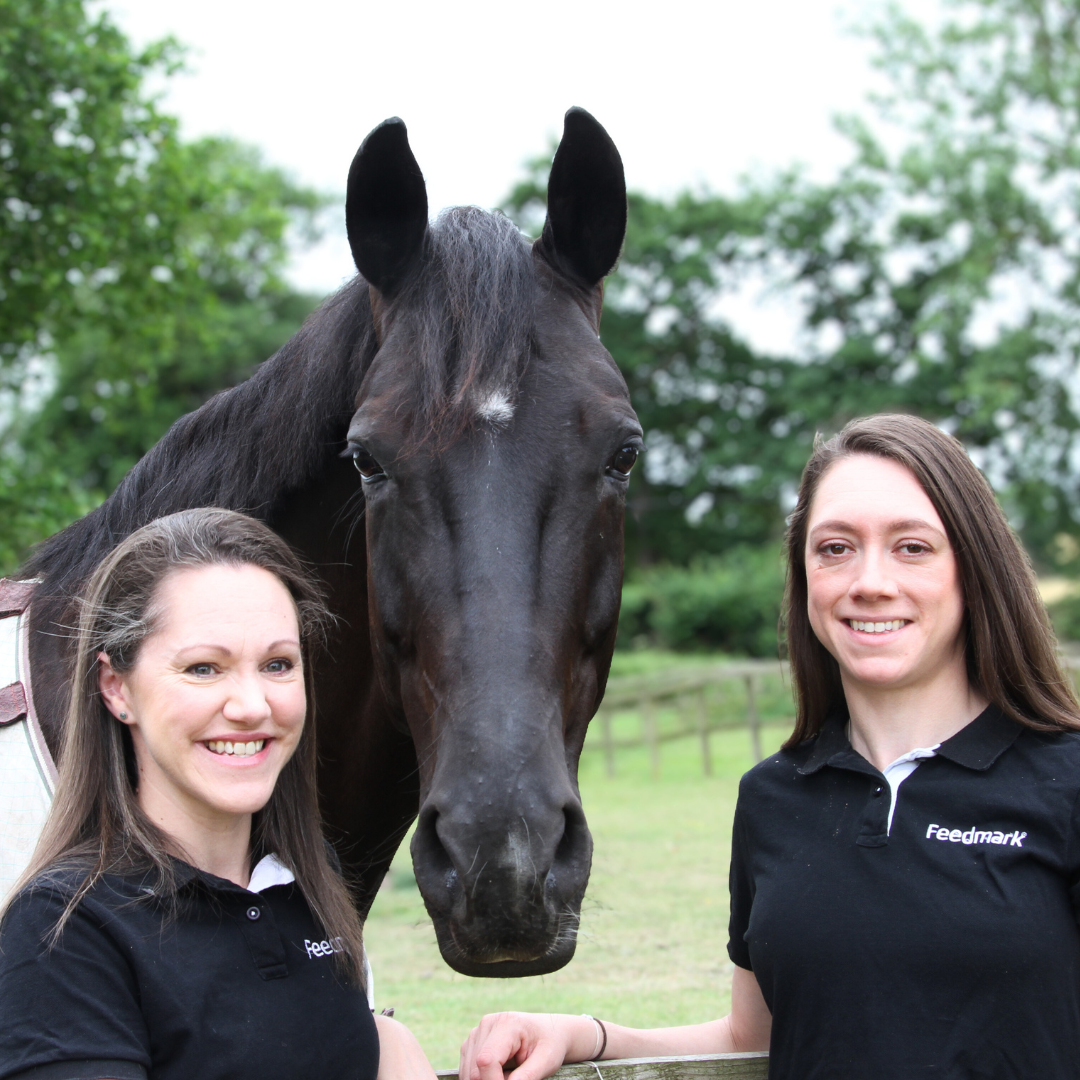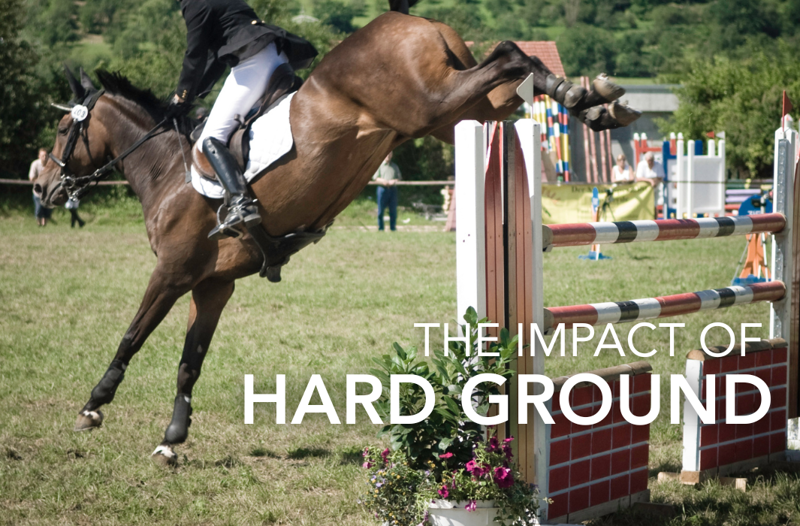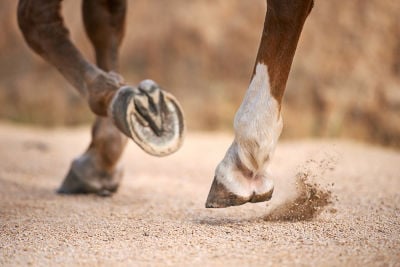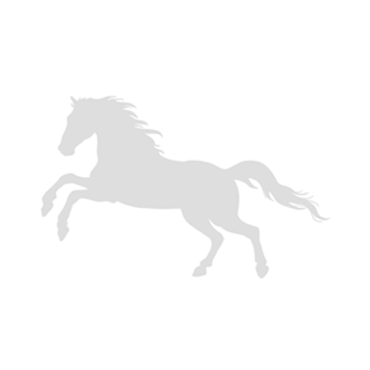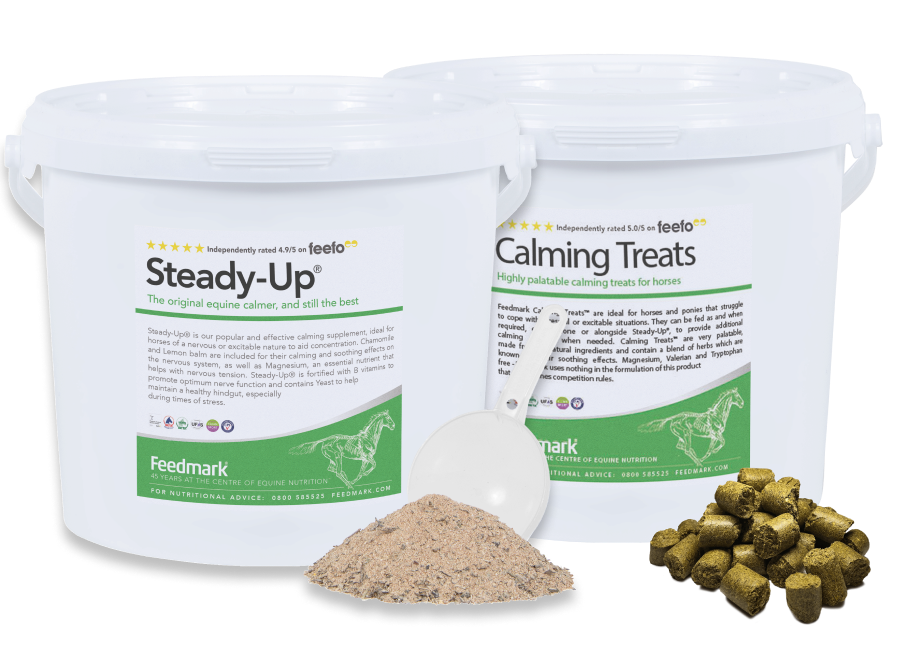As much as we bemoan the soggy, muddy ground in winter, excessively dry and hard ground can cause just as many problems for our horses, especially as this is the time of year most of us are more likely to want to be out and about on fun rides or competing.
Hard ground poses a multitude of problems for our horses, so it’s important to take precautions to minimise the risks.
Concussive forces
As the hoof strikes the ground, the concussive force would normally be partially dissipated by the ground but when the surface is too hard, that doesn’t happen. Forces travel up into the hoof, bones and joints. While horses do have natural mechanisms to help absorb and dissipate these forces, repeated concussions from hard surfaces can cause inflammation and lameness in the short-term, and degenerative changes in the long-term.
The impact of hard ground on the horse's hooves
The first mechanisms for absorbing impact are the structures within the hoof. The digital cushion, frog and collateral cartilages all aid with absorbing concussive forces, as does the hoof wall. As each hoof comes into contact with the ground, a well balanced and elastic hoof wall will flex to allow the hoof capsule to expand and heel to open, dissipating the forces that travel up the leg.
Dry weather conditions not only result in hard ground that increases the concussive forces, but can also contribute to lower moisture levels in the hoof. Dry hooves lose some of their elasticity, becoming brittle and losing their capacity to expand. As such, hot and dry weather not only causes greater concussive forces, but can also reduce the horse’s ability to absorb and dissipate them. Under such circumstances, concussive laminitis can become an issue. Whilst laminitis is usually thought of in relation to excess weight and diet, the delicate laminae in the hoof can also be damaged by repeated concussions. Horses with poor hoof quality as well as those regularly competing or doing a lot of road work appear to be most at risk.
Hard ground increases the concussive forces on a horse's hooves
The impact of hard ground on the horse’s joints, tendons, and ligaments
As the impact moves further up the leg of the horse, the tendons and ligaments around the joints help the joint to act like a spring, absorbing repeated impacts. This is particularly noticeable in areas like the fetlocks, where the bones are not perpendicular to the ground. Joints where the bones meet in vertical alignment to the ground, such as the knee, are therefore slightly more susceptible to shock trauma as they have less of a spring mechanism in action. Horses with poor conformation, such as straight hocks or upright pasterns are more susceptible to joint wear and tear as they have less natural capacity to spring in this way. In addition, the joints in a horse’s leg are surprisingly small for the size and weight of the horse, giving a relatively small surface area through which the forces move up the leg.
Although the tendons and ligaments are very well adapted to cope with the repeated stretching and contracting that is required of them, additional strain from hard ground can lead to inflammation in the short-term, and increased degradation of the collagen in these structures with repeated exposure to micro-trauma. The risk of a tendon, ligament or muscle injury also increases on hard ground due to solid ruts or bumps. While this is less of a risk at an event where the ground has been well managed, twisting or mis-step injuries are more of a concern when out hacking.
Weight management is always a factor in protecting joints and ligaments, and that becomes even more pronounced when riding on hard ground. For every extra kg the horse is carrying, the forces that move through the joints, tendons and ligaments multiply. On soft ground some of these extra forces can be dissipated slightly, but on harder ground it becomes even more of an issue, particularly when jumping. If you imagine how running and jumping feels on your own knees on hard ground, then put on a 10kg backpack and do the same activities, you can feel for yourself how that increases the impact through your knees. Keeping the horse at a healthy weight will not only benefit performance due to the improved power : weight ratio but will also go a long way towards protecting joints.
Early signs of concussion in horses from hard ground
As hard ground will affect hooves bilaterally, signs of lameness resulting from hard ground can be subtle and harder to spot. Some symptoms to look out for include:
- Shortening of the stride or looking ‘pottery’ when walking
- Bruised soles
- Increased stiffness or tension when working, as the horse tries to stabilise the lower limbs to reduce concussion
- Knocking fences and flattening over a fence in an effort to reduce the angle and therefore concussion on landing
- Refusing to jump, as landing after the fence becomes progressively more painful
- Heat and / or swelling in the lower limbs after exercise.
Managing the risks of hard ground
Whilst hard ground is unavoidable in some cases, and we can’t often avoid riding entirely when the ground is hard, there are some helpful ways to reduce the associated risks.
- If possible, school on a soft surface. A purpose-built school with an all-weather surface is ideal, or if you do your schooling in a field leaving the grass a little longer to provide some cushioning underfoot can help.
- Working on technique or working over poles are both good ways to challenge your horse’s muscles and keep things interesting.
- Hill work can increase exercise intensity without doing lots of fast work.
- Ice or hose legs after any work on hard ground, even if there is no sign of swelling or excess heat.
- Keep your horse at a healthy weight for their size.
- Keep flies away with repellent, leg wraps or stabling to avoid the frequent, hard stamping they can provoke.
- Maintain good hoof health through regular farrier visits, oiling, and good nutrition.
- Consider a supplement to support normal turnover and rebuilding of structures within the joint capsule.
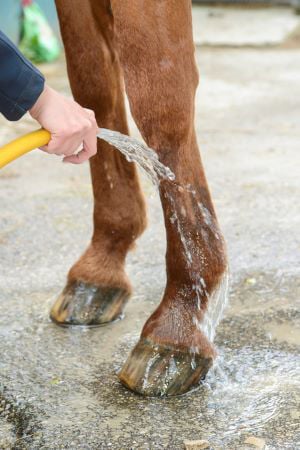
Ice or hose legs after work on hard ground
Conclusion
To summarise, hard ground and dry weather can cause issues for our horses’ hooves, joints, ligaments and tendons. Repeated exposure, especially for horses whose conformation is sub-optimal can cause long term issues. Careful nutrition and management, including being strategic about when and where to ride and the type of training you choose to do when the conditions are less favourable, can be helpful in managing the risks associated with hard ground.
For any advice or questions you may have, please don't hesitate to reach out to our expert nutrition team. You can call 0800 585525 Monday-Friday 8:30am-5:00pm. Email [email protected], or send us a DM on social media.

